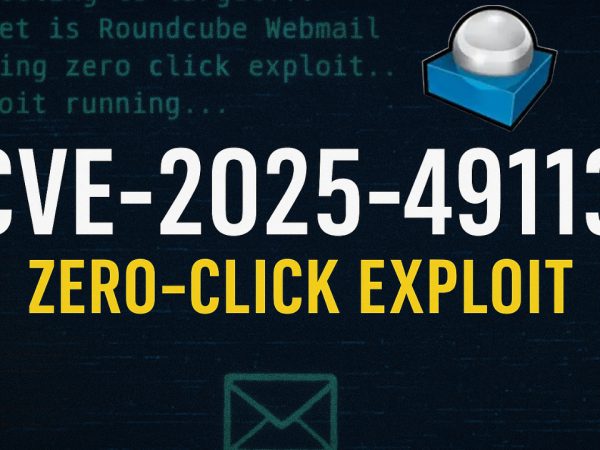We covered debugging as a method to uncover evasion used by malwares to evade detection. This was part of TryHackMe Dynamic Malware Analysis series.
Analyzing malware is like a cat-and-mouse game. Malware analysts keep devising new techniques to analyse malware, while malware authors devise new techniques to evade detection. This task will review some techniques that hamper our efforts to analyse malware using static or basic dynamic analysis.
Malware Evasion Methods of Static Analysis:
- Changing the hash: We have learned previously that every file has a unique hash. Malware authors exploit this functionality by slightly changing their malware. This way, the malware’s hash changes, bypassing the hash-based detection mechanism. Hashes can change even if one bit of the malware is changed (unless we are talking Context-Triggered Piecewise Hashes or fuzzy hashes), so just adding a NOP instruction or other such change can defeat the hash-based detection techniques.
- Defeating AV signatures: Anti-virus signatures and other signature-based detection often depend on static patterns found inside malware. Malware authors change those patterns to try to evade signatures. This technique is often accompanied by general obfuscation of malware code.
- Obfuscation of strings: Some malware authors obfuscate the strings in malware by decoding them at runtime. When we search the malware for strings, we might find nothing useful. However, when the malware runs, it decodes those strings during execution. Malware authors might obfuscate important strings, such as URLs, C2 domains, etc., to avoid burning the infrastructure based on a single-string search.
- Runtime loading of DLLs: Since we can identify malware imports while analyzing PE headers, malware authors often use the Windows libraries’ LoadLibrary or LoadLibraryEx to load a DLL at runtime. When analyzing this malware statically, we might not see all the functions it is linked to while analyzing its headers.
- Packing and Obfuscation: Packing is very popular amongst malware authors. Packing malware is like packing a present. When we look at a packed present, we can’t say what might be inside it unless we unpack the wrapper and take out the present. Similarly, packers pack the malware in a wrapper by writing code that decodes the malware at runtime. So when performing static analysis, we might be unable to see what is inside the packer. However, when we execute the malware, it unpacks the code, loads the actual malicious code into the memory, and then executes it.
Malware Evasion Methods of Basic Dynamic Analysis:
- Identification of VMs: Though some of these techniques might backfire nowadays since a lot of enterprise infrastructure is hosted on VMs, one of the favourites of malware authors has been to identify if the malware is running inside a VM. For this, malware often checks for registry keys or device drivers associated with popular virtualization software such as VMWare and Virtualbox. Similarly, minimal resources, such as a single CPU and limited RAM, might indicate that the malware is running inside a VM. In this scenario, malware will take a different execution path that is not malicious to fool the analyst.
- Timing attacks: Malware will often try to time out automated analysis systems. For example, when malware is executed, it will try to sleep for a day using the Windows Sleep library. After a few minutes, the automated analysis system will shut down, finding no traces of malicious activity. Newer malware analysis systems can identify these attacks and try to mitigate them by shortening the time the malware sleeps. However, malware can identify those mitigations by performing targeted timing checks to see if the time is being manipulated. This can be done by noting the time of execution and comparing it with the current time after the execution of the sleep call.
- Traces of user activity: Malware tries to identify if there are traces of user activity in the machine. If no or very few traces are found, malware will decide that it is being executed inside a controlled system and take a different, benign execution path. Traces of user activity can include no mouse or keyboard movement, lack of browser history, no recently opened files, little system uptime, etc.
- Identification of analysis tools: Malware can ask the Windows OS for a running process list using Process32First, Process32Next, or similar functions. If popular monitoring tools are identified among the list of running processes, malware can take a benign execution path. For example, if ProcMon or ProcExp is running, malware can identify that and switch to benign activities. Another way to identify analysis tools is by looking at the names of different windows open in a system. If the malware finds Ollydbg or ProcMon in the open Windows, it can switch to a different execution path.
Room Answers
What is a popular technique used by malware authors to obfuscate malware code from static analysis and unwrap it at runtime?
Which type of debugger is used for debugging compiled binaries?
Which debugger works at the lowest level among the discussed debuggers?
If a process opens a file or a process, where can we see information regarding that opened file or process?
What is the value of the Zero Flag in the above-mentioned conditional jump?
Which API call in the mentioned sample is used for enumerating running processes?
From which Windows DLL is the API SuspendThread being called?
Video Walkthrough



